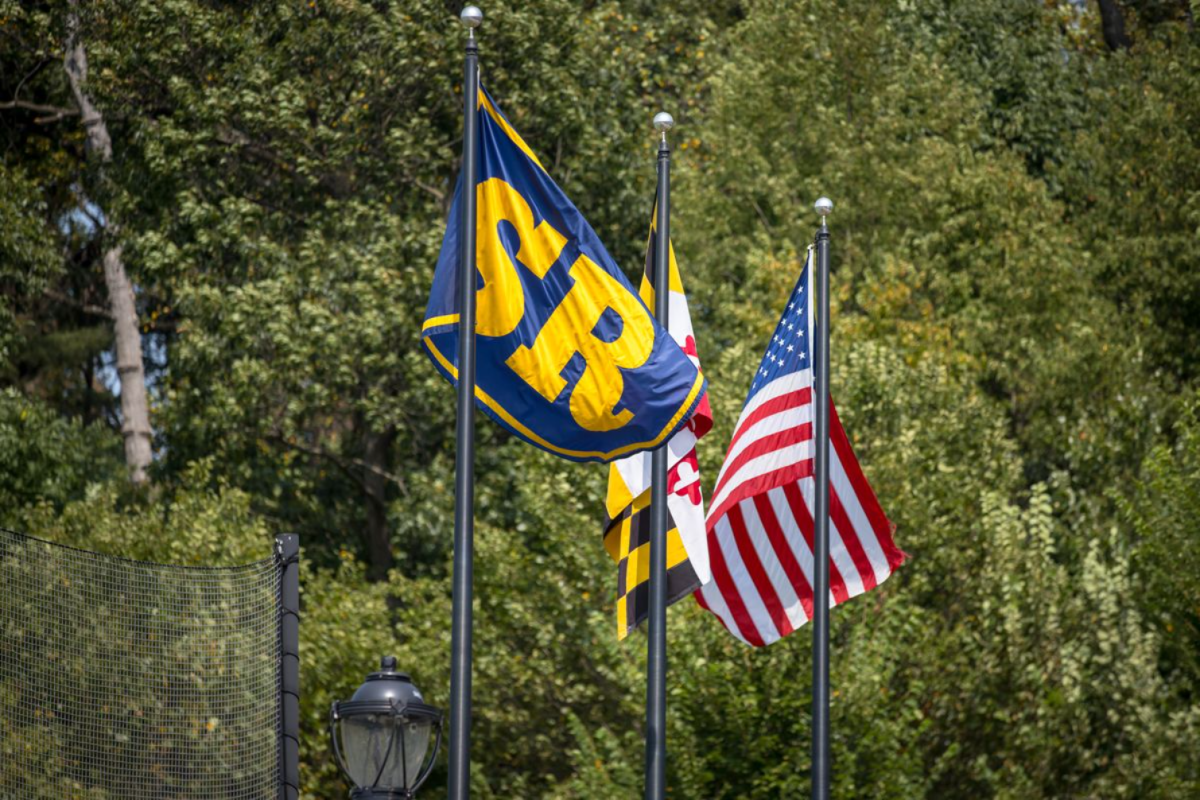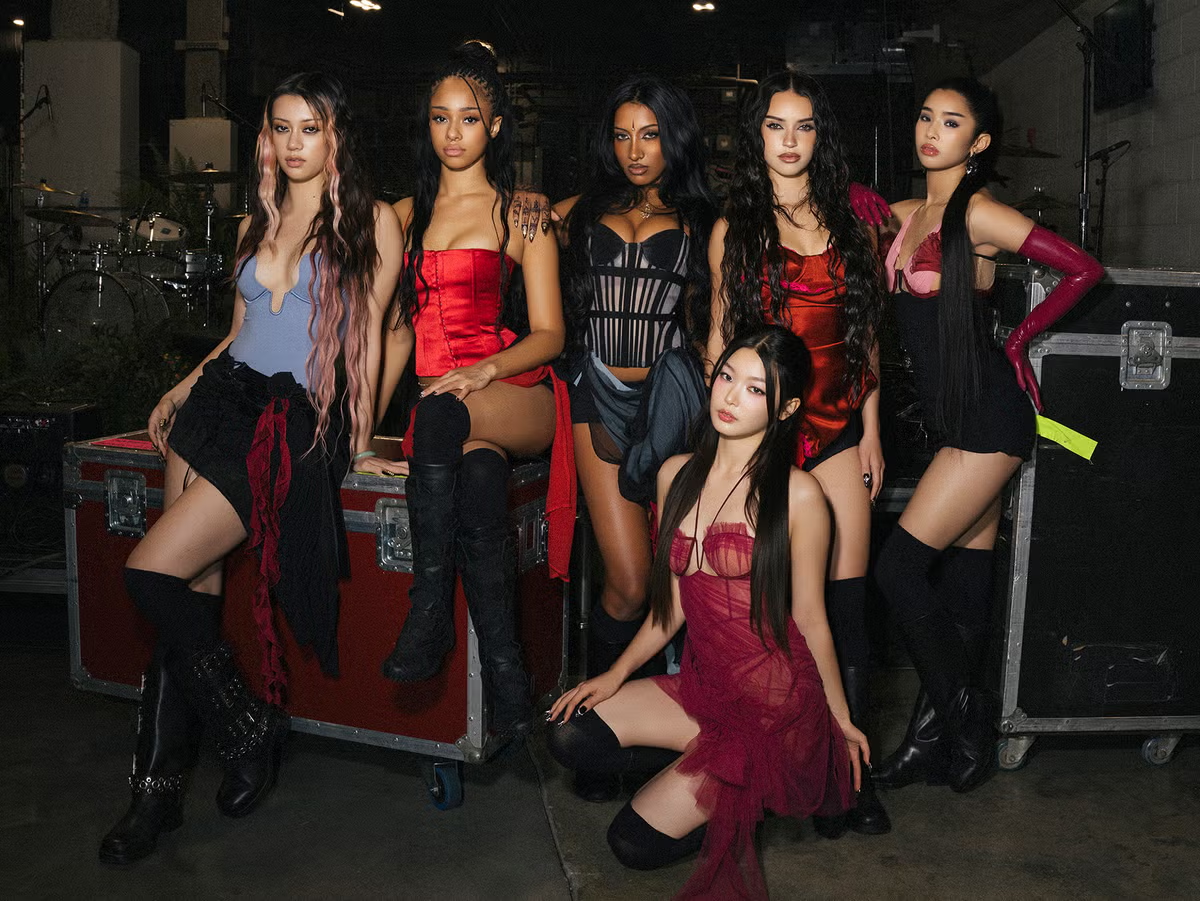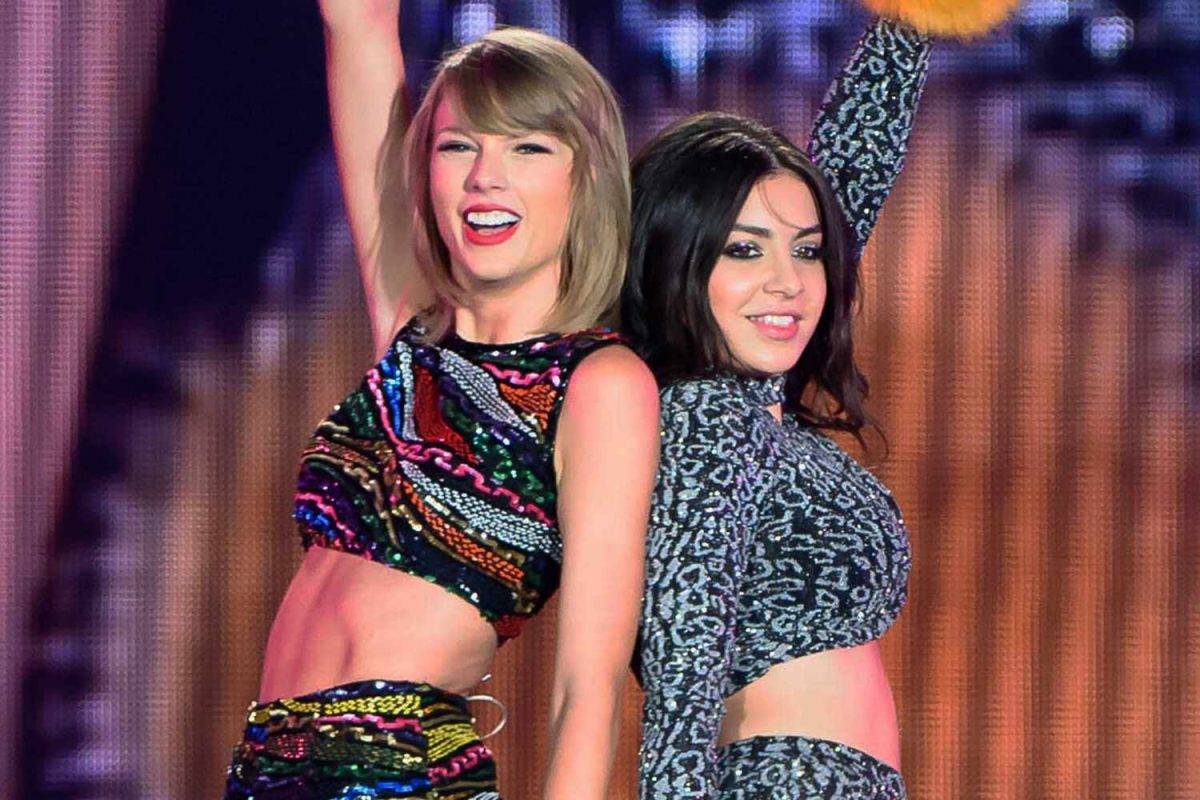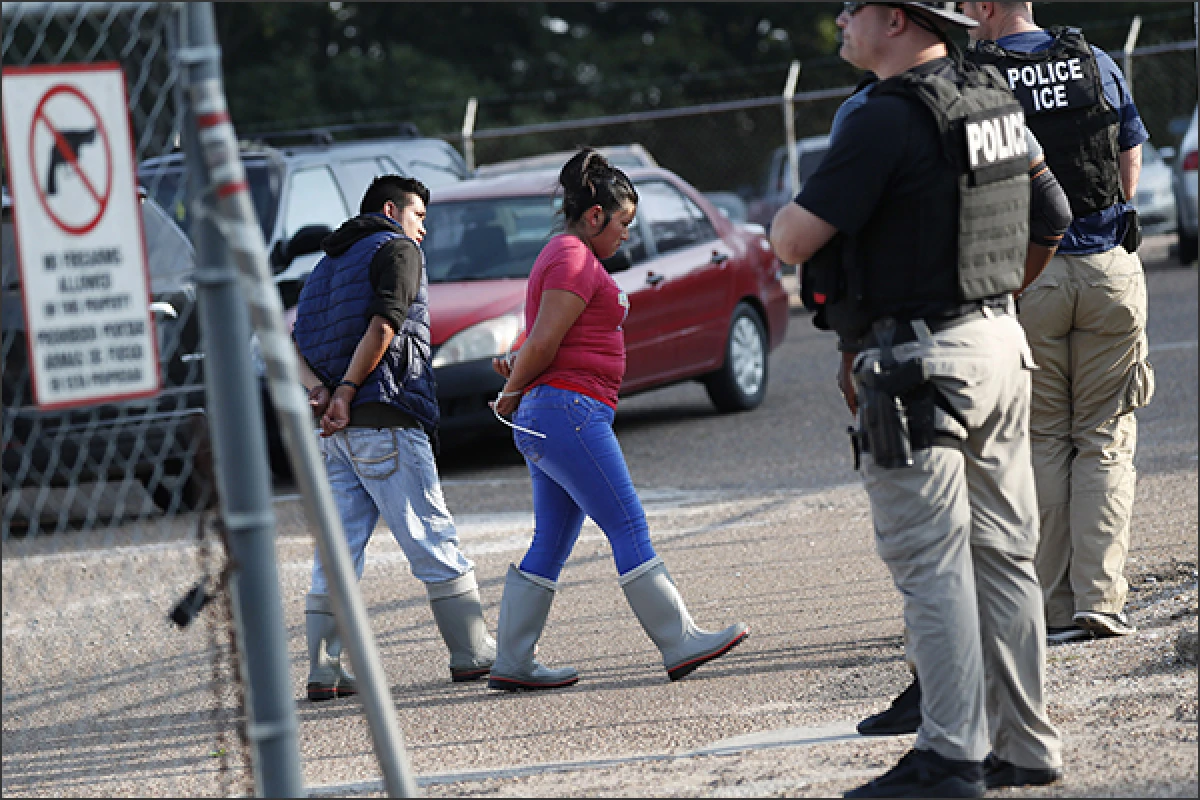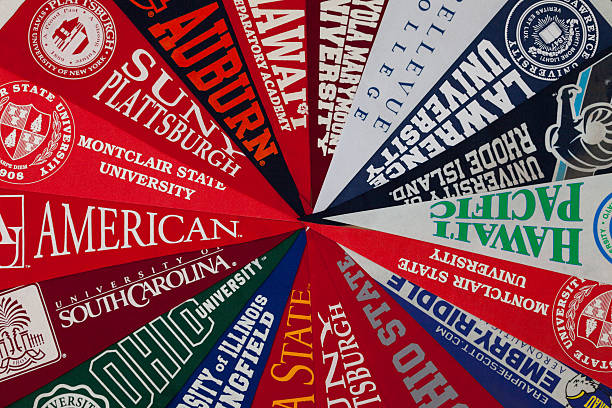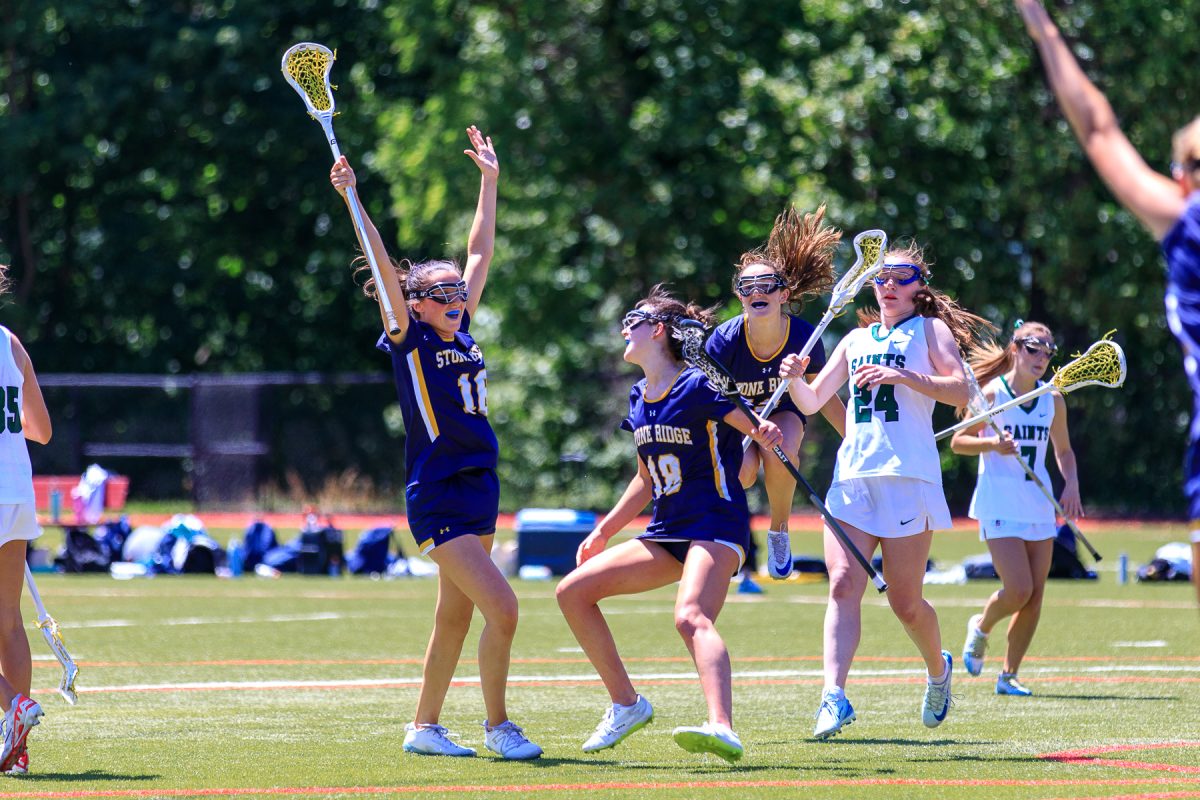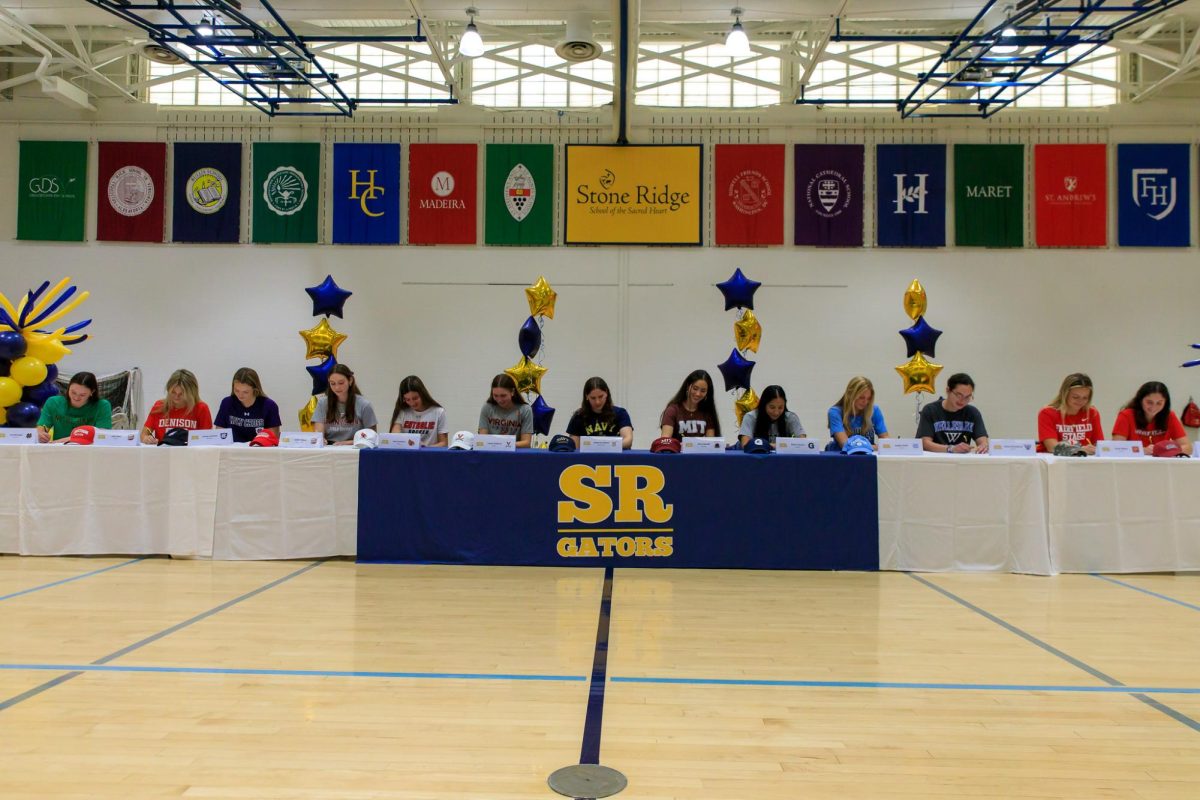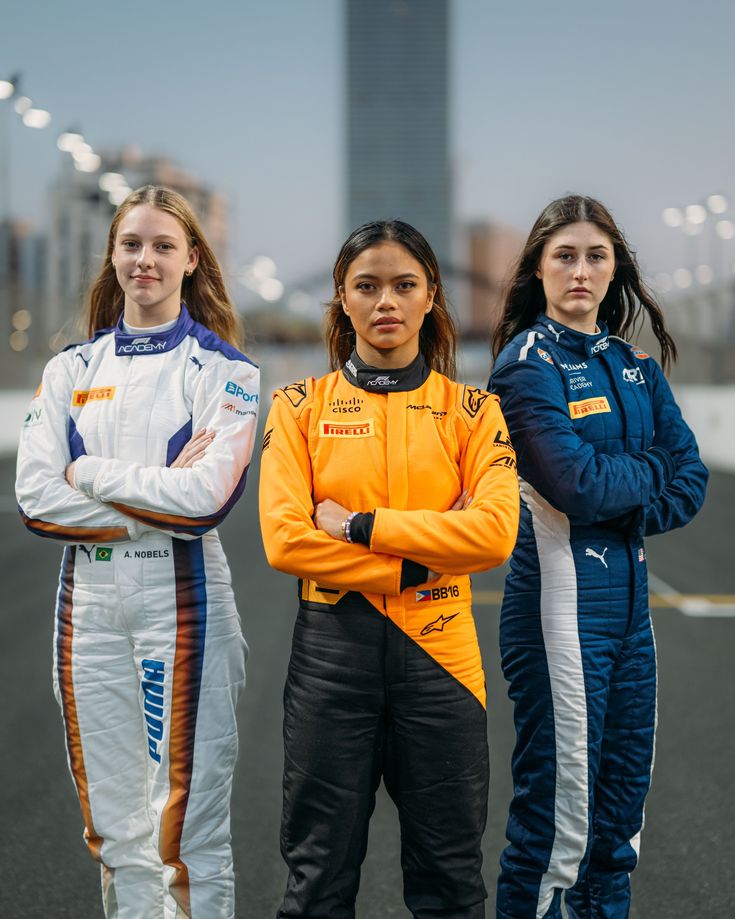The Vegas Grand Prix Weekend (Nov 22-24) brought a number of remarkable developments. Firstly, Dutchman Max Verstappen won his fourth consecutive World Driver’s Championship when he finished fifth, establishing an insurmountable lead of 63 points over Lando Norris of Mclaren. The race also brought a Mercedes 1-2 podium, the last for the indomitable George Russell – Lewis Hamilton duo as Hamilton left for Ferrari at the season’s end, passing the team leader baton to Russell. Also of note were the extremely awkward pre- and post-race interviews which further damaged the American image after numerous dangerous incidents with trash on the track.
However, in one more fruitful interview with ESPN, The Mercedes team president, Toto Wolff, pointed to his wife as the better driver in the marriage. “It’s Suzie, and I’m proud about that. She’s one of the fastest women in racing.” So why, then, is Toto the president of one of the most successful teams in Formula 1, and Suzie is sidelined in invisibility at the Formula 1 academy? Women have made many significant contributions to the sport throughout the years, and yet there are no female drivers on the grid in 2024, and there haven’t been in almost 50 years.
The main obstacle for many women trying to enter the sport is the substantial financial burden. It is no secret that Formula 1 is an expensive sport, but it is easy to forget that Formula 1 is only the highest, most prestigious level, and reaching it requires many years of investment from karting through lower racing levels. This is much like many other major league sports like baseball, which requires advancement from the minor league divisions of A, AA, and AAA. Karting could be likened to club experience before these leagues, Formula 4 likened to the AAA level, and so on. However, minor league players get paid, albeit not very well. Formula 1 hopefuls finance their careers themselves, all the way up to F1, with an F3 seat costing around $1.3 million, and double that number for F2. Such a sum can be difficult to obtain for male drivers but even more so for female drivers, as wealthy benefactors and sponsorships tend to be more hesitant.
This makes it difficult for women to advance through the sport, a problem Ali Donnelly, CEO of More Than Equal, an organization that seeks to break down barriers in motorsport for women, sees as paramount in the Formula 1 world.
“Those drivers who are breaking through already have had to fight hard to get there, given all we know about the male-dominated barriers that women face in the sport. But imagine if they had been in a training program since they were ten years old, which was designed for their bodies and their ages.” Their research shows that while the average racing career for men is over 12 years, women’s are stunted at only 5. Discouraged by lack of support and difficult financial circumstances, many women are forced to move on from their dreams in favor of security and stability. Naomi Schiff was one of the many who had to pivot.
“Because you rely so heavily on the financial aspect, you don’t always know where you’ll be in six months or a year’s time. And I was kind of starting to look for stability in my life and future-proofing,” she said to the Washington Post.
Of course, the obstacle of sexism cannot be overlooked. Formula 1 has long been a “boys club”, with its fanbase gatekept by obnoxiously specific questions like ‘Who won the Spanish Grand Prix in 1994?’ (Damon Hill for Williams/Renault) that have little relevance to today’s fanbase, which is 40% female.
The marketing of the sport has a sexist twinge as well. Because of the prestige of Formula 1, Grand Prix weekends have long been a hotspot for celebrities, not unlike courtside seats at a Lakers game. With the ubiquity of social media, influencers have also received these coveted invitations and their promotion has become an important part of the F1 marketing toolbox. However, many influencers and celebrities who attend for publicity and may not be real fans do the sport a disservice by misrepresenting it.
Controversial TikTok star and influencer Haylee Kalil (HayleeBaylee on social media) attended the Vegas Grand Prix and her content around the event caught flak for exactly this. In a TikTok she made during the race, Kalil points to the drivers’ good looks as the reason for her attendance (in addition to her free, exclusive tickets). With additional criticism about the tone-deaf nature of her content, fans have argued that the video misrepresents and diminishes female fans. Many argue that the stereotype she promotes dissuades future female fans and alienates existing ones. She has since removed the video from her profile, but a clip of it, with a fan’s analysis, can be found here.
If acceptance within the fan base is this difficult for female fans, the barrier for participation for women drivers is even more dissuasive. Lack of representation on the grid is a huge issue. Formula 1 has a painfully male-dominated history and the lack of representation is shocking, with only 2 out of 700 total Grand Prix racers being women.
Those two women were Italians Maria Teresa de Filippis in 1958 and Lella Lombardi in 1974-76. Filippis raced in five Grand Prix for the World Championships, and was told that “the only helmet a woman should wear is the one at the hairdresser’s.” Despite the discrimination she faced, she paved the way for Lella Lombardi, who raced in 12 Formula 1 races and became the first and only woman to score points in a Formula 1 World Championship race. She faced similar prejudice, subpar machinery, and difficulty with funding.
Susie Wolff, whose talent was praised earlier by her husband, Toto, is the only woman to drive during a Grand Prix F1 Weekend in recent history. Participating in Formula 3 among other lower-level motorsport divisions, she worked as a test driver for Williams in 2014-2015, debuting in a free practice at the British Grand Prix.
Though a few women have attempted to qualify in F1, raced in other divisions of motorsport, or helped with testing, no woman has successfully entered (i.e. qualified in) a Formula 1 race in almost 50 years – since Lombardi in 1976. As of 2024, no woman currently competes in F1 or F2, and there is only one woman, Sophia Floersch, racing in F3.
Suzie Wolff is working to fix that. Retired from racing in 2015, the Scot has held numerous positions on various boards, committees, and initiatives for the promotion of Formula 1 and motorsport, especially for women. Most recently, and perhaps most significantly, Wolff was appointed Managing Director of F1 Academy, an all-female division and development program. “When the odds are against her, we’re here to make them even,” reads their website, as they seek to promote female engagement and talent within high-level motorsport like Formula 1 by evening the playing field…well, track.
Despite some key differences in rules compared to Formula 1, the Academy hopes to break down the barriers of funding, access, and sexism by securing key sponsorships and partnerships (including with Formula 1 teams directly), championing drivers to higher leagues, and holding events and spin-off programs to promote positive female role models. Wolff is optimistic. “I’m hugely proud of what we’ve achieved at this point. It’s still just the beginning, I think there’s a lot more we can do, but I can already see the positive impact we’re having and that’s something which is reassuring to know that we’re on the right path.”
One of the F1 academy’s stars, Britain’s Abbi Pulling, recently cinched the league’s drivers’ championship at the Qatar Grand Prix (Dec 1) but had to re-earn the title in the F1 Academy races at the Abu Dhabi Grand Prix due to a complication with the scheduling of the season. Other up-and-coming motorsport talents, like Dorianne Pin and Bianca Bustamante, represent a bright hope for female fans and drivers alike.
Along with the many fans, the Formula 1 drivers are fully supportive of and excited about F1 Academy. Like many drivers, Charles Leclerc, a Monagasque driver for Ferrari, is optimistic about what the series means for the future of motor racing. “I think it’s amazing, and also to give the chance to all these women that are hoping to one day join Formula 1, and to give them a platform in order they can show what they are really capable of, so I think it’s a great thing for sure.”
Despite difficult financial and social burdens, women are taking the Formula 1 world by storm, forging a clear path to a more successful and inclusive future for the sport.
